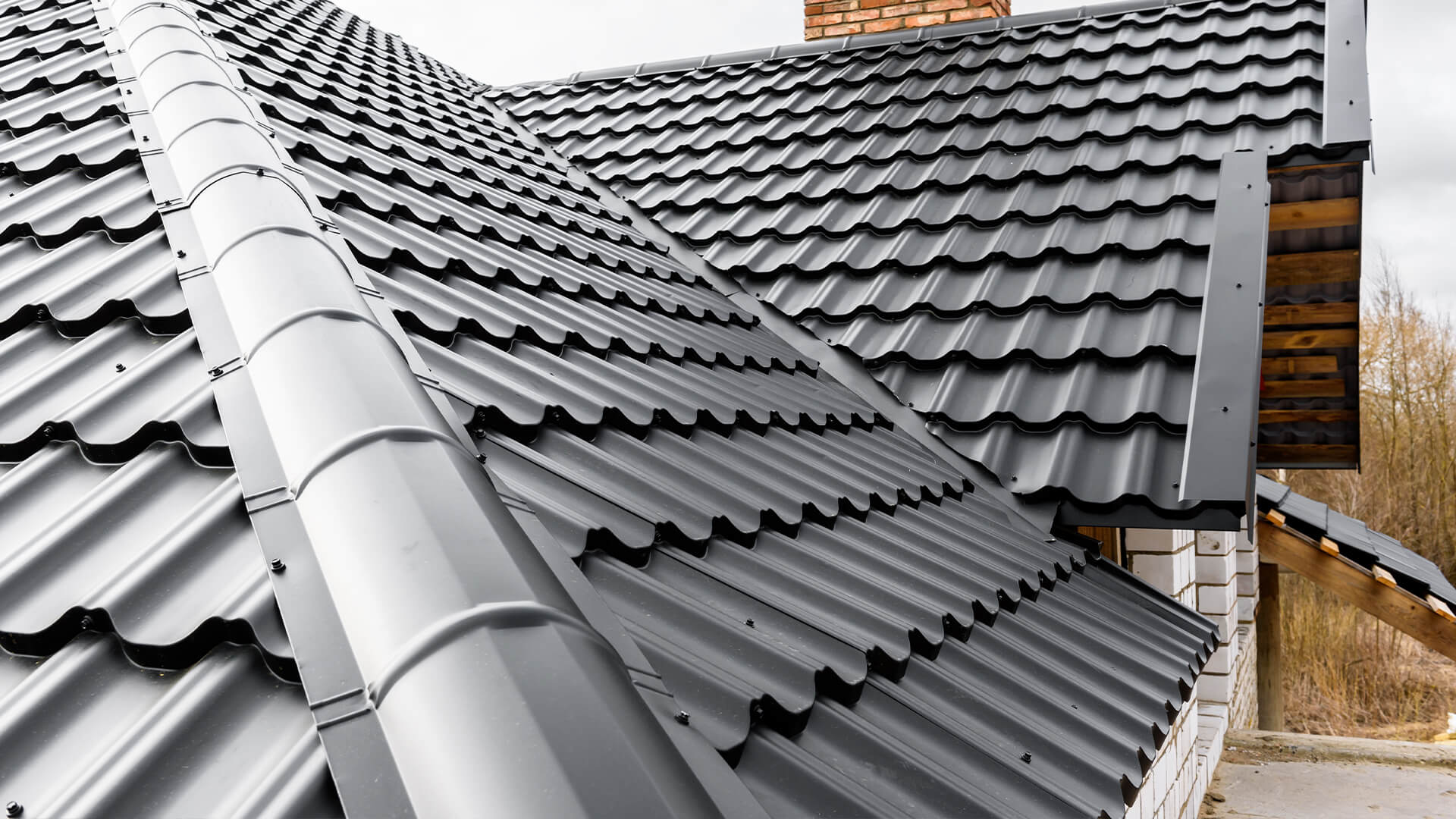Comparing Prices Among Roofing Companies in Gainesville Florida
Comparing Prices Among Roofing Companies in Gainesville Florida
Blog Article
Ideal Practices for Ensuring Correct Roofing Air Flow
A balanced consumption and exhaust air vent proportion, commonly 1:300, plays a critical role, with consumption vents preferably placed at the lower edge of the roofing system for awesome air entrance and exhaust vents at the optimal for warm air leave. Maintaining insulation away from vents is vital to prevent air flow constraint.
Understand Air Flow Essentials
Appropriately understanding air flow fundamentals is crucial for making sure the durability and effectiveness of roof. Effective air flow reduces dampness accumulation and temperature extremes in the attic, both of which can result in substantial architectural damages with time. A well-ventilated roofing aids in protecting against common issues such as mold and mildew development, timber rot, and ice dams, which can endanger the honesty of the roofing products and the underlying structures.
The key objective of ventilation is to help with the motion of air, enabling a regular exchange in between the indoor and outside environments. This balance is achieved via a mix of intake and exhaust vents that collaborate to keep ideal air movement. Consumption vents, generally situated along the eaves or soffits, permit fresh air to enter the attic room, while exhaust vents, frequently positioned at or near the roof covering ridge, enable warm, damp air to escape.
Key factors affecting the efficiency of roofing system air flow include appropriate positioning, sufficient sizing, and ensuring that both consumption and exhaust vents are unobstructed. Routine evaluation and maintenance are vital to determine possible blockages, damages, or ineffectiveness in the air flow system, thus guarding the roofing system's performance and toughness.
Types of Roof Vents
Roofing system vents play a crucial duty in keeping reliable attic ventilation and, by expansion, the overall health of the roof covering system. Various types of roofing vents are available, each with one-of-a-kind benefits tailored to details roof covering requirements.

Soffit vents are set up under the eaves and operate in tandem with roof covering vents to make sure a balanced intake and exhaust system. By allowing cooler air to enter from below, soffit vents help with the expulsion of warm air through top vents. Gable vents, located on the outside walls of the attic, deal another efficient option, especially in homes with saddleback roofs.
Examine Your Present Air Flow

Next, take into consideration the age and condition of your roof materials and ventilation elements. Older systems may not follow existing building ordinance or might have deteriorated with time, lowering their efficiency. Conduct a thorough exam to recognize any type of indications of wear and tear, such as rust, damage, or gaps that might jeopardize the system's efficiency.
Additionally, measure the attic room temperature level and humidity degrees. High temperature levels and moisture can show poor air flow.
Installment Best Practices
Effective installation of roof covering ventilation systems is critical for ensuring ideal performance and longevity. Proper installation begins with comprehending the details ventilation requirements of the roofing system and the building it covers. This involves calculating the correct ratio of consumption to wear down vents, her explanation normally sticking to the 1:300 regulation, which stipulates one square foot of ventilation for every 300 square feet of attic flooring space.

The placement of vents is equally essential. Intake vents must be set up at the roof's lower edge, frequently in the soffits, to allow great air to go into. Exhaust vents, on the other hand, must be installed near or at the roofing's height to help with the departure of warm, wet air. This creates a natural airflow that helps keep temperature level and moisture balance within the attic room room.
Seal all air vent connections thoroughly to avoid air leakages and potential water seepage. Usage high-grade materials and comply with producer guidelines to ensure sturdiness and performance. Furthermore, incorporating ridge vents with baffles can considerably enhance air flow effectiveness by protecting against wind-driven rainfall and snow from getting in the attic room.
Eventually, precise installation of roofing air flow systems minimizes prospective issues such as mold and mildew development, ice dams, and architectural damage, making sure the roofing's stability and the structure's general health.
Regular Maintenance Tips
Consistency in upkeep methods is basic to ensuring the long-lasting performance of roofing ventilation systems. Throughout these examinations, ensure that vents are free of particles, nests, and various other blockages that could hinder air movement.
Cleansing the vents is an additional vital task. Make use of a soft brush or a vacuum cleaner to remove dust and debris from intake and exhaust vents. Be cautious not to harm the vent screens or louvers throughout the procedure. Furthermore, evaluate the attic room area for any type of signs of water damages, which can endanger the stability of the roof.
Proper insulation is just as essential. Make certain that attic insulation does not block the vents, as this can severely limit air flow. his response If any kind of insulation has shifted or cleared up, rearrange or replace it to reference maintain a reliable barrier.
Last but not least, replace any harmed or missing components promptly. Damaged vents, broken roof shingles, or deteriorated blinking can all contribute to poor ventilation and ought to be resolved immediately. Regular maintenance guarantees that the roofing air flow system operates optimally, thus prolonging the life expectancy of the roof covering itself.
Verdict
Making sure correct roof ventilation is vital for keeping the performance and sturdiness of a roof covering system. Adherence to the 1:300 consumption and exhaust air vent ratio, coupled with the calculated placement of vents, is essential.
A balanced consumption and exhaust vent ratio, frequently 1:300, plays a pivotal duty, with consumption vents ideally positioned at the reduced edge of the roofing system for trendy air entrance and exhaust vents at the optimal for cozy air leave. Consumption vents, typically located along the eaves or soffits, enable fresh air to enter the attic room space, while exhaust vents, often positioned at or near the roofing ridge, make it possible for warm, moist air to escape.
Soffit vents are installed under the eaves and job in tandem with roofing system vents to ensure a well balanced consumption and exhaust system. By permitting cooler air to get in from below, soffit vents help with the expulsion of warm air via top vents. Adherence to the 1:300 consumption and exhaust vent proportion, paired with the strategic positioning of vents, is vital.
Report this page